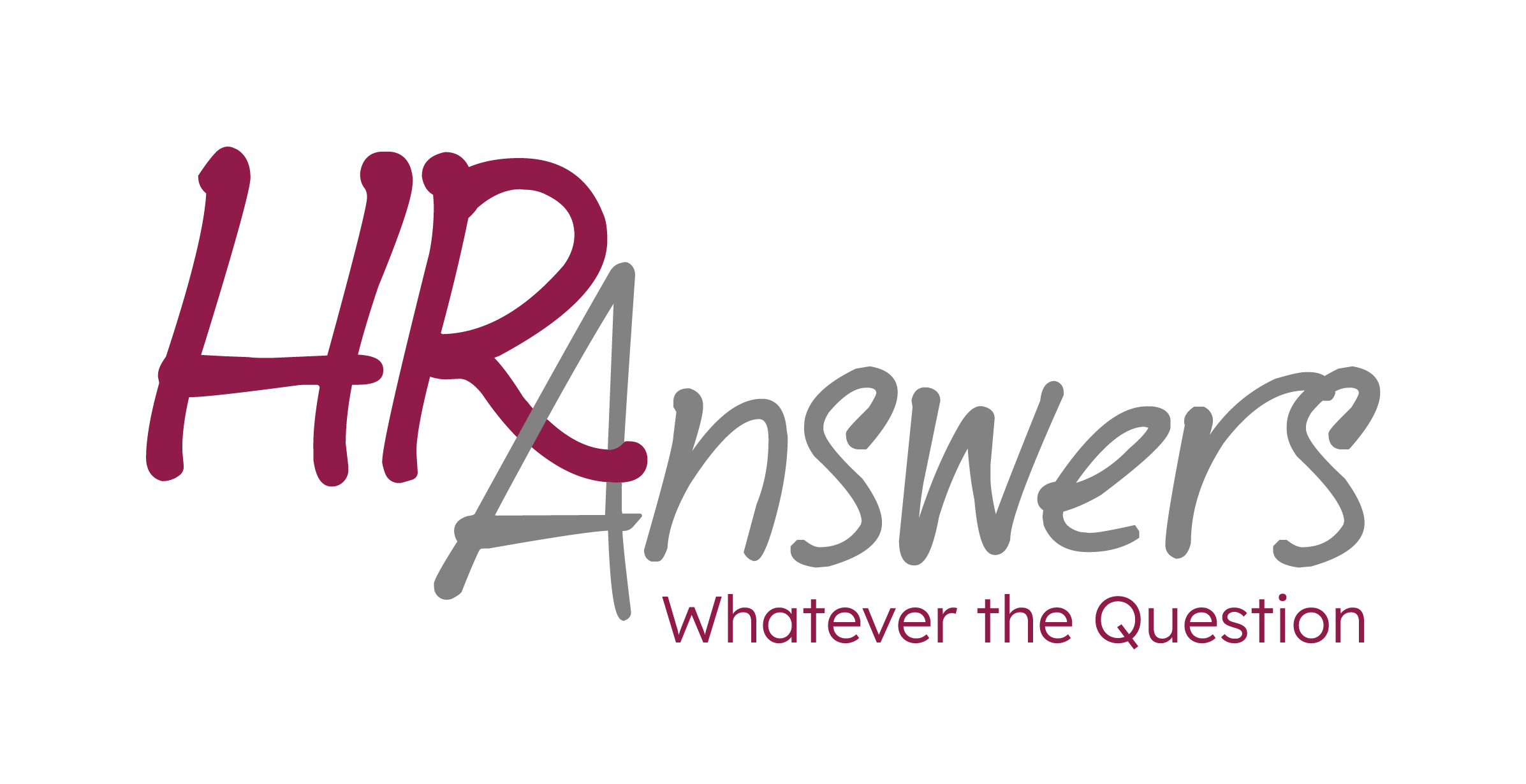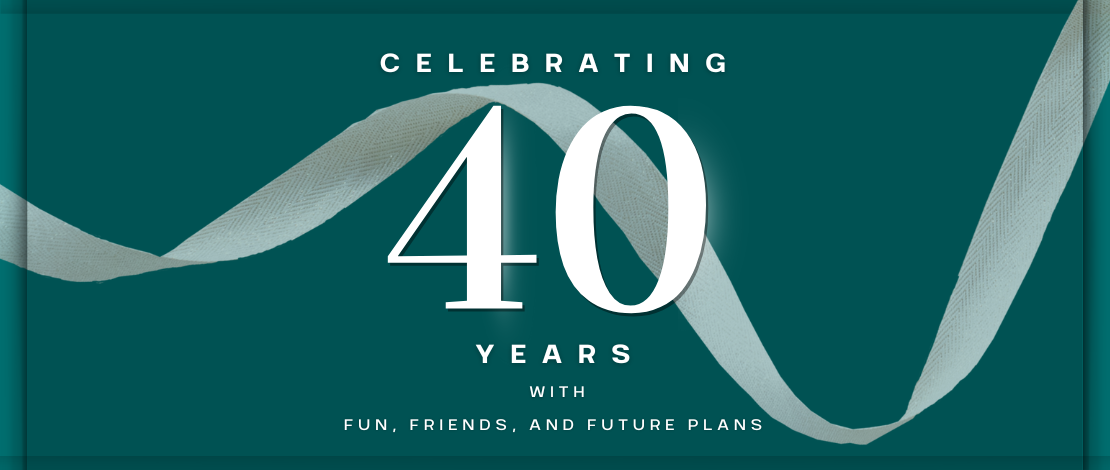The HR Evolution: Speak Strategy And Drive Results
HR professionals—this is not just our time, it’s our transformation. The world of work has fundamentally shifted. Technology is moving fast, employee expectations are even faster, and organizations need strategic people leadership more than ever before. But being strategic isn’t about adding more to our plates—it’s about changing how we think, lead, and influence business outcomes.
From Reactive to Purpose-Driven Leadership
Strategic HR is future-focused. It’s about developing and implementing initiatives that align with long-term business objectives while solving today’s challenges. This requires moving beyond day-to-day administration to thinking bigger: designing the employee experience, forecasting talent needs and driving outcomes through culture and capability.
We’re not here to take orders. We’re here to architect culture, optimize people strategy, and co-lead the business.
The Gap Between Potential and Action
Let’s ground this in some real data: Only 29% of CHROs say they’re empowered to operate as strategic leaders—yet 89% of CEOs say HR should be a key driver of long-term growth. That disconnect isn’t just a statistic; it’s a signal to act. (1)
To move forward, we need to start asking better questions and using our influence intentionally.
Benefits of Strategic HR Planning
Strategic HR leaders help organizations:
• Anticipate and avoid costly disruptions
• Align talent decisions with business priorities
• Boost productivity and drive engagement
• Keep training, development, and compensation aligned with real-world demands
• Create workforce strategies that attract, retain, and develop the right people
But to do this well, we must move from “what do we need to fix now” to “where are we going, and how can we shape that future?”
The Questions That Change Everything
Every strategic plan starts by asking:
• Where are we now?
• Where do we want to be?
• How do we get there?
• How will we know we’re making progress?
If your HR initiatives don’t answer these questions—or better yet, anticipate them—you’re missing opportunities to lead in meaningful ways.
The Mindset Shift HR Needs
HR doesn’t just manage change—we catalyze it. To lead from the inside out, we must:
• Understand the business: Know how finance, sales, operations, and IT connect.
• Practice systems thinking: Recognize the long-term ripple effects of workforce decisions.
• Make data meaningful: Move beyond basic metrics to insight-rich, actionable analysis.
• Connect dots others miss: Use design thinking to reimagine policies and processes based on how they actually feel to employees.
Execution is Everything
Even the best strategic plan falls flat without solid execution. That means:
• Clear goals that align with the business
• Leaders at all levels who know their role in achieving them
• Strong, adaptive systems to support implementation
• Regular check-ins to monitor progress and pivot when needed
According to SHRM, HR professionals who engage in strategic planning are more likely to:
• Achieve greater alignment with business outcomes
• Navigate change successfully
• Proactively address workforce trends like retirement, DEI, and work/life balance
This Is the Work That Moves the Needle
Strategic HR isn’t about working harder—it’s about working smarter and braver. It’s about:
✅ Freeing yourself from low-impact work – Ask: Does this contribute to our business goals or improve employee experience? If not—delegate it, automate it, or stop doing it.
✅ Thinking (and speaking) like a business leader – Tie every initiative to a business outcome. Talent retention? Productivity? Innovation? Make the connection clear.
✅ Using the right data at the right time – Move beyond surface metrics. Show how your work influences engagement, performance, and retention—and what that means for the organization.
✅ Building business cases grounded in outcomes – Whether it’s a new benefit program or a tech investment, ensure your case is aligned with organizational priorities.
✅ Challenging the status quo – Even if it means questioning long-held assumptions (yes, even the CEO’s). Strategic HR requires bold, honest dialogue.
✅ Collaborating across the organization – Create cross-functional relationships and use them to build buy-in, gather better data, and design more effective initiatives.
✅ Designing better employee (human) experiences – Use design thinking to map out the reality of how people experience work—and reimagine it with empathy and purpose.
✅ Crafting workforce strategies that sustain growth – Align talent planning with the bigger picture. Strategic HR isn’t a department—it’s a lens through which success is built.
We’re not an afterthought in strategy—we’re the bridge between business goals and human impact.
Let’s stop asking for permission and start acting like the strategic leaders we already are.
________________________________________
Article inspired by SHRM’s guide on practicing strategic HR and insights from Betterworks and Accenture on the future of HR leadership.
(1) The CHRO as a Growth Executive by Accenture, 2023, https://www.accenture.com/content/dam/accenture/final/capabilities/strategy-and-consulting/talent-and-organization/document/Accenture-CHRO-Growth-Executive.pdf










